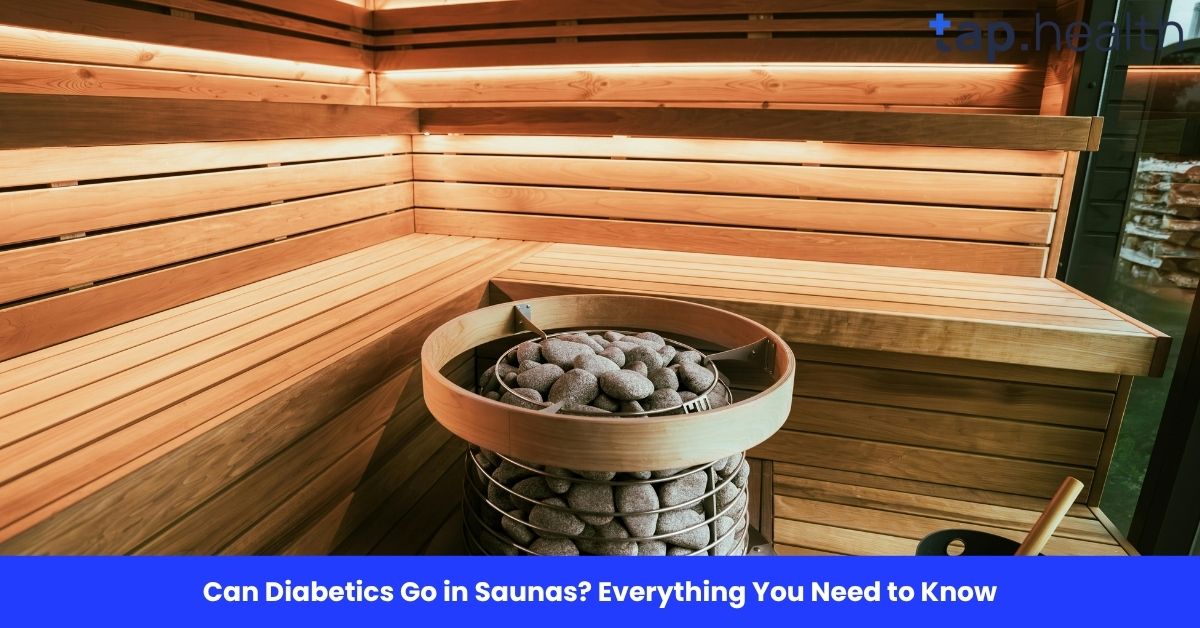Rusk, a popular snack enjoyed by many around the world, is often paired with tea or used as a quick breakfast option. But if you’re mindful of your diet, you might be wondering, how many calories are in rusk? This blog post will provide you with a comprehensive breakdown of the calorie content in rusk, its nutritional value, and how to enjoy it without compromising your health goals. Whether you’re a frequent consumer of this crunchy snack or just curious, we’ve got all the information you need.
What is Rusk?
Rusk is a type of dry, crisp biscuit or toast that is made from twice-baked bread. It is popular in many cultures and comes in various forms, such as sweet or savory. Rusk is typically enjoyed as a snack, often dipped in tea, coffee, or milk. In some countries, it’s also used as a base for toppings like butter, jam, or cheese.
The main ingredients in rusk are wheat flour, sugar, yeast, and sometimes butter or oil, depending on the recipe. These ingredients are baked once to form bread and then baked again to achieve its characteristic crunch.
How Many Calories Are in Rusk?
The number of calories in rusk can vary depending on the size of the serving, the ingredients used, and whether it’s plain or flavored. On average, here is the calorie breakdown for a standard rusk serving:
- 1 medium-sized rusk (about 20 grams): Contains approximately 80-100 calories.
- 1 slice of plain rusk (approximately 10 grams): Contains around 40-50 calories.
It’s important to note that different types of rusk, such as sweet or flavored varieties, may have slightly higher calorie counts due to added ingredients like sugar, butter, or flavorings.
Calories in Flavored Rusk
If the rusk is sweetened or flavored (e.g., with sugar or chocolate), it can contain more calories than a plain version. For example:
- Sweet rusk: One piece (about 20 grams) can have between 100-120 calories depending on the sugar content and added fats.
- Butter-flavored rusk: This can contain anywhere between 100-130 calories per 20 grams, as the butter adds extra fat.
What Are the Nutritional Benefits of Rusk?
While rusk is not typically considered a health food, it does provide some essential nutrients. Here’s a closer look at the nutritional benefits you can get from a standard serving of rusk.
1. Carbohydrates
Rusk is a carbohydrate-rich snack, providing a quick source of energy. Each serving of rusk typically contains around 15-20 grams of carbs. This makes it a good option for those looking for an energy boost throughout the day.
However, it’s important to note that rusk is made from refined wheat flour, so the carbohydrates are not as nutrient-dense as those from whole grains.
2. Protein
Rusk contains a small amount of protein, but it’s not a significant source. A typical serving provides around 1-2 grams of protein. If you’re looking to increase your protein intake, it’s best to pair rusk with protein-rich foods like nuts, yogurt, or eggs.
3. Fats
Rusk contains minimal fat, especially if it is plain or lightly flavored. A standard serving of plain rusk contains about 1-3 grams of fat, depending on the type and amount of oil or butter used in the preparation.
Flavored or buttered rusk, however, may contain more fat, as the added fats increase the overall calorie count. It’s important to choose rusk that fits your dietary needs, especially if you’re looking to control fat intake.
4. Fiber
The fiber content in rusk is relatively low, especially if it’s made with refined flour. A typical serving of rusk provides about 1 gram of fiber. If you’re looking for a fiber-rich snack, consider switching to whole wheat rusk or pairing your rusk with fiber-rich foods like fruits or vegetables.
5. Vitamins and Minerals
Rusk does not provide significant amounts of vitamins or minerals unless fortified. However, some rusks may offer small amounts of minerals like iron, calcium, and magnesium. If you need a boost of these nutrients, consider supplementing your rusk with other nutrient-dense foods like dairy, leafy greens, or nuts.
Is Rusk Healthy?
While rusk can be part of a balanced diet, it is not the healthiest snack option when consumed in excess. Here’s a breakdown of the health considerations:
Benefits of Rusk
- Quick Source of Energy: The carbohydrates in rusk provide an immediate source of energy, which can be useful for busy mornings or an afternoon pick-me-up.
- Low Fat (in Plain Varieties): Rusk is low in fat, especially if it’s plain or lightly flavored. It’s a better alternative to greasy snacks.
- Convenient: It’s a convenient, shelf-stable snack that can be easily stored and consumed on the go.
Drawbacks of Rusk
- High in Refined Carbs: Most rusks are made with refined wheat flour, which lacks the fiber and nutrients found in whole grains. Eating too many refined carbs can lead to blood sugar spikes and crashes.
- Low in Protein and Fiber: Rusk is not a substantial source of protein or fiber, which means it won’t keep you full for very long. If you’re looking for a snack that provides lasting energy, rusk may not be the best option.
- Added Sugar and Fats: Flavored and sweet rusks can contain added sugars and unhealthy fats, which can contribute to weight gain and other health issues if eaten in excess.
How to Make Rusk Healthier?
While rusk may not be the healthiest snack, you can make it healthier with a few modifications. Here are some tips for making rusk a better fit for your diet:
1. Choose Whole Wheat Rusk
Instead of plain white rusk made from refined flour, opt for whole wheat rusk. Whole wheat provides more fiber, vitamins, and minerals, making it a healthier option that keeps you fuller for longer.
2. Limit the Amount of Added Sugar
If you’re making rusk at home, try to limit the amount of sugar you add, especially in sweet varieties. You can use natural sweeteners like honey or maple syrup to reduce the overall sugar content.
3. Control Portion Sizes
While rusk can be a tempting snack, it’s easy to overeat. Stick to one or two pieces per serving to avoid consuming too many calories.
4. Pair with Protein or Fiber-Rich Foods
To balance the lack of protein and fiber in rusk, pair it with nutrient-dense foods. Consider dipping your rusk in yogurt, eating it with fruit, or spreading nut butter on top for a more filling snack.
5. Make Your Own Rusk
Making rusk at home gives you full control over the ingredients. You can reduce the sugar content, use whole wheat flour, and avoid unnecessary fats, creating a healthier version of the snack.
How Many Calories Are in Different Types of Rusk?
Rusk comes in various forms, and the calorie content can differ depending on the ingredients used. Let’s take a closer look at the calories in different types of rusk.
1. Plain Rusk
Plain rusk is made from basic ingredients like wheat flour, sugar, and yeast. A typical piece of plain rusk (20 grams) contains around 80-100 calories.
2. Sweet Rusk
Sweet rusk is usually flavored with sugar, and sometimes with spices like cardamom or cinnamon. A sweet rusk typically contains 100-120 calories per 20 grams, due to the added sugar.
3. Butter-Flavored Rusk
Butter-flavored rusk contains added butter or oil, which increases the fat and calorie content. One piece of butter-flavored rusk (20 grams) contains about 100-130 calories.
FAQs: How Many Calories in Rusk?
1. How many calories are in one piece of rusk?
One piece of plain rusk (about 20 grams) typically contains 80-100 calories.
2. Is rusk a good snack for weight loss?
Rusk can be part of a weight-loss diet if consumed in moderation and paired with protein or fiber-rich foods. However, it’s not the most filling snack due to its low protein and fiber content.
3. How many calories are in sweet rusk?
Sweet rusk usually contains about 100-120 calories per 20-gram piece due to the added sugar.
4. Can I eat rusk on a low-carb diet?
Rusk is made from refined wheat flour and is not ideal for low-carb diets. If you’re following a low-carb regimen, it’s best to avoid rusk or eat it sparingly.
5. Is rusk healthier than regular bread?
Rusk is more calorie-dense than regular bread due to its twice-baked nature, but it may contain fewer preservatives. Whole wheat bread is generally a healthier option compared to plain rusk.
Conclusion
Rusk is a versatile and convenient snack enjoyed by many, but it’s important to consider its calorie content and nutritional value. While rusk can provide quick energy and be part of a balanced diet, it’s not the most nutrient-dense snack. Opting for whole wheat varieties, controlling portion sizes, and pairing rusk with protein or fiber-rich foods can help make it a healthier choice. By being mindful of how much you eat, rusk can be enjoyed without derailing your health goals.


